We spoke with Trevor Schueren, Senior Product Partnerships Manager and Keith MacKenzie, Senior Content Strategy Manager from Workable about the current challenges and trends reshaping recruitment. From navigating the surge in candidate competition to balancing technology and human touch, Trevor and Keith share actionable strategies for optimising recruitment efficiency and creating a positive candidate experience.
1. In the ever-evolving landscape of recruitment, what are the most significant changes and trends you've observed in recent years, and how have they impacted hiring processes?
In recent years, we've noticed a trend: fewer companies are hiring for roles, which means more candidates are competing for fewer positions. This shift has put pressure on recruiters to streamline their screening processes to manage the influx of applicants effectively. Recruiters find themselves swimming in a sea of talent, with some reporting three times the number of applicants compared to previous years. The need to quickly sift through this vast pool of candidates has become even more critical, as evidenced by instances where over 100 applicants applied for a single job within just six hours of it being posted on LinkedIn.
2. With the rise of AI and automation, how can recruiters strike a balance between technology-driven processes and the human touch in recruitment?
As AI and automation continue to rise, striking a balance between technology-driven processes and the human touch in recruitment becomes crucial. Recruiters can leverage AI and automation to enhance existing practices, not replace them. These technologies excel at streamlining repetitive tasks, like transcribing interviews or generating job descriptions, freeing up recruiters to focus on building meaningful connections with candidates and making informed decisions.
It's important to remember that AI should never replace human oversight but rather complement it. Human involvement remains essential throughout the recruitment process, providing oversight and making the final decisions. While AI can help make the recruitment process more efficient, the ultimate decision-making responsibility should always rest with humans. By viewing AI as a helpful tool rather than a replacement, recruiters can perform their roles more effectively while maintaining the human touch necessary for successful recruitment.
We conducted a survey covering AI in hiring with nearly 1,000 hiring team members who have used AI in the last year that you can view here.
3. Candidate experience remains crucial. What are the best practices for creating a positive and engaging candidate journey, from the initial contact to onboarding?
A positive and engaging candidate journey is key from initial contact to onboarding. Effective communication is the cornerstone of this journey. Recruiters must maintain consistent engagement with candidates, providing clear information about where they stand in the hiring process and what to expect from the company and role. Transparency and responsiveness throughout the recruitment process are also crucial. Candidates should never be left in an "information vacuum." Recruiters should strive to keep candidates informed at every step, leveraging AI and automation to efficiently disseminate information while ensuring candidates feel valued.
Ultimately, prioritising effective communication, transparency, and responsiveness creates a positive candidate experience, leading to happier employees and reduced turnover in the long run.
4. How can organisations utilise data and analytics to improve their capacity to identify suitable candidates in their recruitment process?
Organisations can harness the power of data and analytics to enhance their recruitment process. By adopting a data-driven approach and analysing various metrics, companies can identify patterns and trends that inform decision-making. For example, tracking the effectiveness of different job boards in attracting and hiring suitable candidates can help optimise recruitment budget allocation. Additionally, data analysis can help improve time-to-hire metrics by identifying bottlenecks or inefficiencies in the recruitment process. This ensures critical roles are filled promptly, minimising disruptions to operations.
5. What measures can companies put in place to create an inclusive hiring process that minimises unconscious bias while optimising recruitment efficiency?
There are several measures organisations can take to support inclusive hiring. Adopting anonymised screening practices, involving multiple stakeholders in the hiring process, and providing unconscious bias training for hiring team members are essential steps. Standardising the hiring process for all candidates further reduces variability and promotes fairness.
Moreover, using anonymised screening practices in conjunction with people science to integrate data-driven insights and behavioural psychology can effectively address unconscious biases in the hiring process. By leveraging these approaches, companies can ensure a more objective and equitable evaluation of candidates, leading to a more diverse and inclusive workforce.
By implementing these measures, companies foster a more inclusive and equitable hiring environment while improving the overall effectiveness and efficiency of their recruitment processes.




